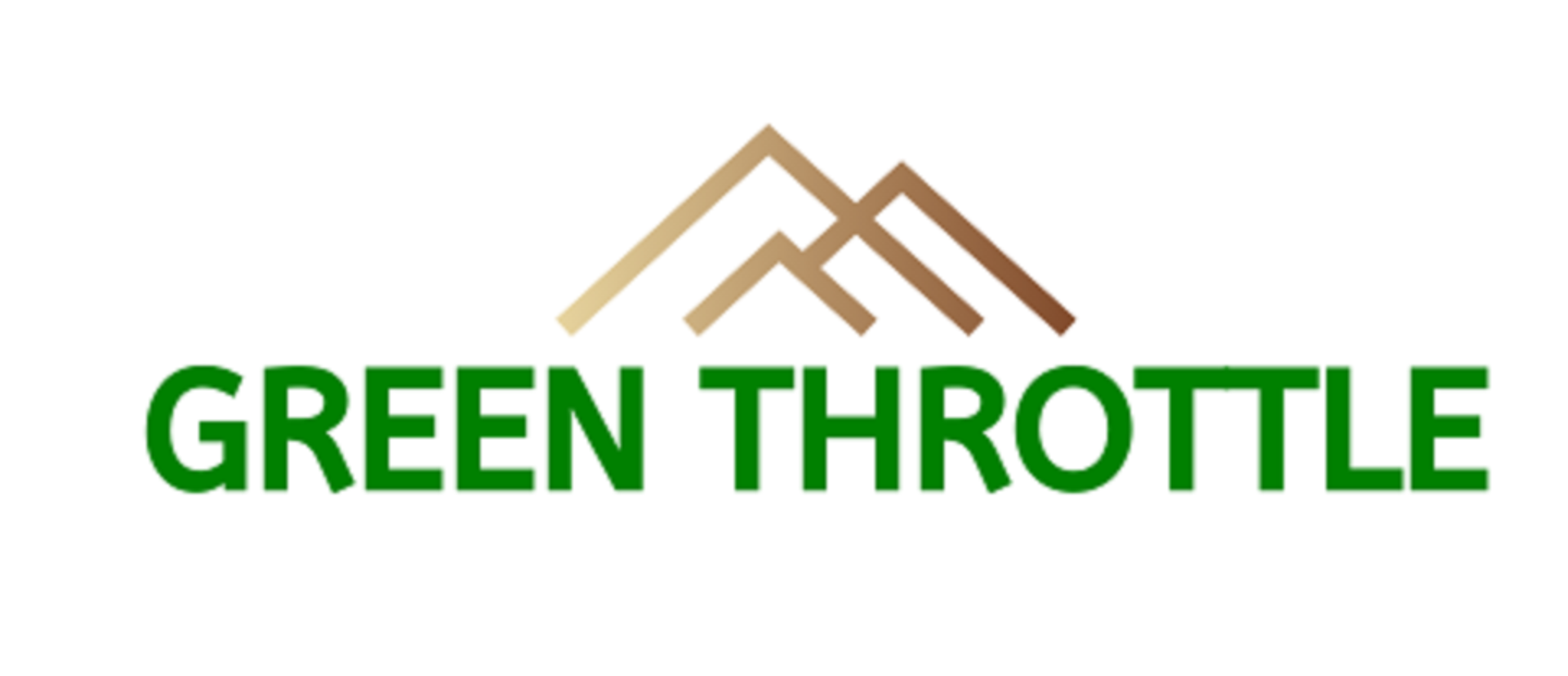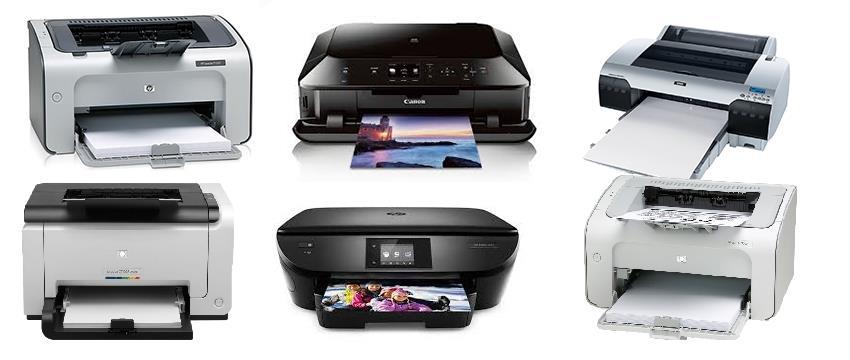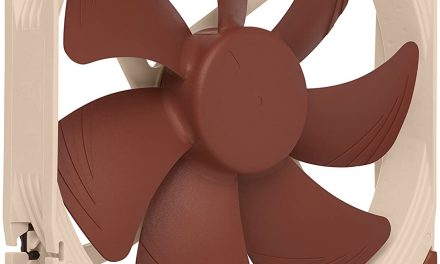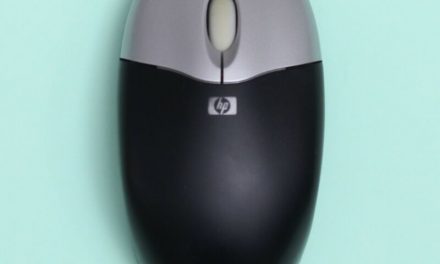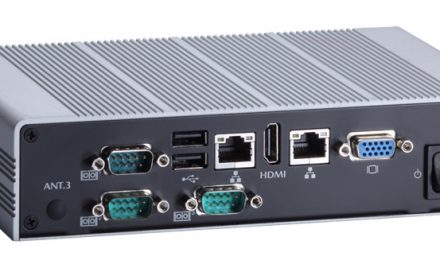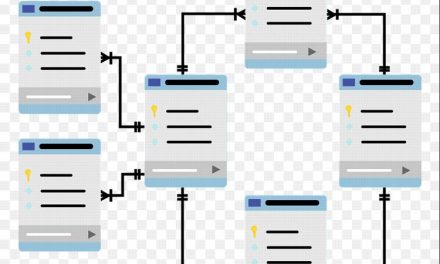When we are talking about output in computer circles it can either be in soft copy format or hard copy format. Hard copy format normally entails printing to produce data or information on paper. A printer is simply an output device that produces data or information on paper. There are so many types of printers which function and are tailored differently. The choice of which printer to use for your needs depends on several factors. Some of the things to look at are speed, resolution, and connectivity options, amongst several others. That was just some useful side note; now let us start exploring the different types of printers.
Before we get into that, it is vital to know something first. Printers are broadly classified into two classes namely, impact printers and non-impact printers. All the printers you know or will ever see fall under either of those two broad classes.
Table of Contents
IMPACT PRINTERS
As the name suggests, impact printing involves a direct contact between a print head and the paper being printed on. How that contact occurs can vary from printer to printer. Some make use of hammers or pins that strike onto a paper through an ink ribbon that will be against the paper. Two of some of the downsides of this printer type is noise and average or poor quality. The following two printers are the most common impact printers.
Dot Matrix Printers
Dot matrix printing entails printing out where there is a direct contact between a print head and the paper. In dot matrix printers there are usually pins in the print head which strike the ink ribbon when in operation. Due to this operational framework, the printed characters come out looking like a series of dots. The print quality of a dot matrix computer is a function of how many pins it has in its print head. The more they are, the higher the quality. Typically dot matrix printers can have pins ranging from 9 to 24 pins.
Some of the best applications for dot matrix printers is printing invoices, payslips, and receipts just to mention a few. Despite being noisy and having low quality they do have several advantages. They are usually cheap to buy and also cheap to operate and maintain. Imagine that one ribbon can be good for 7 million characters or even more – this reduces operating costs significantly. Dot matrix printers last quite long and can operate efficiently in adverse environments e.g. construction sites. Due to the fact that they function using mechanical pressure this makes it possible for them to also print out carbon copies.
Thermal Printers
In thermal printers a thermo-sensitive paper is what is printed on. The operating mechanism employs the use of a heat source that imprints characters on the thermo-sensitive paper. Basically there are pins in the print head which are heated by the heat source. They then strike the characters onto the heat-sensitive paper. This type of printers are known for being very fast and energy-efficient because they consume way less power than most printers. This is not a printer that you can use for just about anything. They are commonly used for printing receipts e.g. ATM ones – they can also be used for fax machines. It is worth noting that they are usually very affordable both to buy and operate. They are also very quiet during their operation.
NON-IMPACT PRINTERS
Non-impact printers print characters onto paper without any direct contact between the print head and paper (like impact printers do). This obviously means that noise is not usually an issue with non-impact printers. As we describe the two common types of non-impact printers you will get to appreciate what we mean by non-impact. This is the modern type of printers. The two common non-impact printers are as follows:
Inkjet Printers
Earlier we spoke about dot matrix printers. We pointed out that they work by use of pins which strike characters onto paper against an ink ribbon. That is why those types of printers termed impact printers. We are making reference to that for a reason because inkjet printers kind of operate that way but with a variation though. For an inkjet printer, characters are formed by ink being sprayed onto the paper. The ink is charged up by an electrical field which then formulates characters on paper. As soon as the ink droplets are sprayed onto the paper, they instantly dry. Inkjet printers are characterised by quiet operation and very good print quality.
Laser Printers
The operation of a laser printer involves a laser beam that is bounced off a mirror onto what is called a drum. When that happens, the drum (which would be having a positive charge) attains a neutral charge. Through that process the laser beam will actually be transferring data or information from the computer. Bear in mind that the paper moves by virtue of the drum. The neutralization of the drum causes a detachment of the toner. As the paper is being rolled the toner then appends the respective characters being printed on the paper. Three outstanding attributes of laser printers are speed, quiet operation and high print quality. These types of printers are also reasonably priced such that most people can afford them.
There is now an interesting class of printers called 3D Printers. Mentioning it here was just so you know in case you have not heard of them before. Just like you print out a document, with a 3D printer you can print out a 3-dimensional physical object. The process is preceded by creating a 3D model of the object using computer software. It is an emerging technology that has not really taken root globally. This wraps up our brief look at the different types of printers.
